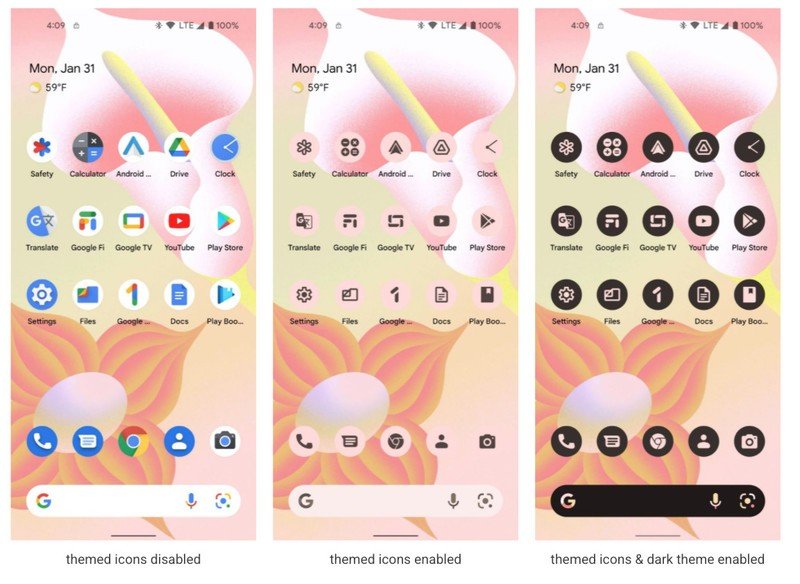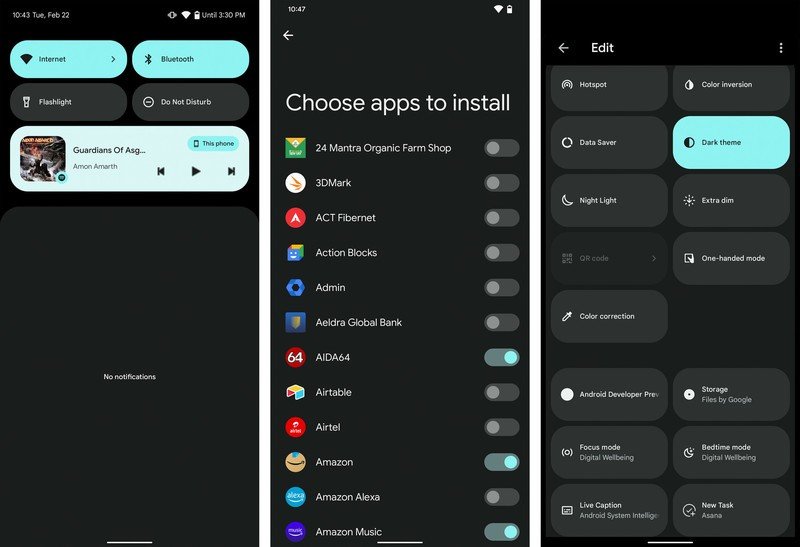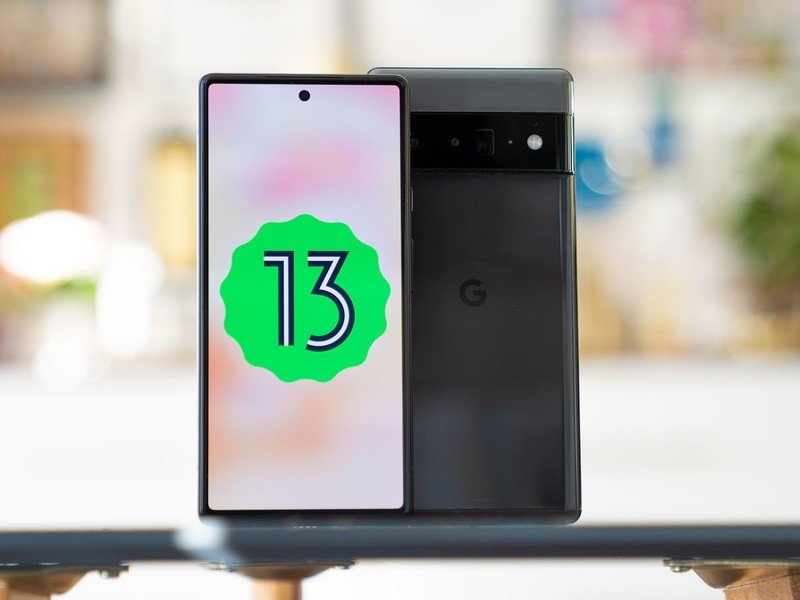Android 13 Developer Preview 1 hands-on: A first taste of Tiramisu

Google sure is keeping busy on the software side of things. The stable version of Android 12 launched under four months ago, Android 12L is coming soon with foldable and tablet-focused interface tweaks, and we're now getting a first look at Android 13.
The Android 13 Developer Preview 1 doesn't have a lot to offer in terms of features or UI changes, but there are a few interesting points to talk about. But before we get started, there's the usual caveat that this is the first dev preview build, and while Google makes it relatively easy to install it on your Pixel, you shouldn't do so just yet — particularly on a daily driver.
With that out of the way, let's get started. Google's switch to Material You proved to be divisive, and while I personally liked the quirky UI and interchangeable colors, the design aesthetic was a stark departure from earlier versions. Android 13 continues in the same vein, with bright colors throughout the interface and fun animations. The UI for the stock apps and notification shade is broadly unchanged, although the tweaks that Google introduced in the latest Android 12L beta have carried over here.
Of course, with Google introducing a new design paradigm just last year, it's obvious that Android 13 will end up looking largely the same as its predecessor. We may get to see new UI features down the line, but for now, the look and feel is in line with that of Android 12. That said, Google is making it easier for devs to roll out themed app icons that share a similar monochromatic look as Google's first-party icons and the ability to change color dynamically with Material You.

Google is making further changes to the notification shade in Android 13, introducing new quick settings tiles — QR code, one-handed mode, and color correction — and new playback control icons for the persistent media player that sits within the shade. There's also a new UI for the media output picker that's in line with the tiles. Google is giving devs the ability to create custom tiles that can be added to the shade.
Android 13 is getting new features for guest profiles as well. If you have a guest account set up on your phone, you can provide access to any of the apps installed on your main profile. This negates the need for guest users to go to the Play Store to download the apps, and as the data itself is sandboxed, guest accounts will need to log in with their own credentials. There's also the ability to switch profiles directly from the lock screen, but the feature is still buggy at the moment.

Google is adding features to make Android 13 work better with foldables and tablets. The Pixel Launcher has two home screen layout modes — ideal for the best foldables like the Z Fold 3 that have an inner and outer screen — and there's a taskbar at the bottom that's akin to what's already available in Android 12L.
Get the latest news from Android Central, your trusted companion in the world of Android
One of the more interesting features in Android 13 that has gotten a lot of attention is how the OS handles virtualization. Basically, Android 13 can run Linux and Windows 11 virtual machines with performance that's on par with running the OS natively. That's how an Android dev was able to set up Windows 11 on Android 13 and play Doom on the VM.

A privacy-focused feature debuting in Android 13 is a system-wide photo picker that lets you share locally stored as well as cloud-based photos and videos with ease. This is similar to the document picker that has been present for a while now. Basically, you won't need to give an app full access to all media files on your device just to share a photo or video on that service.
The photo picker will make its way to all devices on Android 11 and above via a future Mainline update, and while the photo picker isn't live just yet in Android 13, Google has outlined how it works.
Continuing on the privacy angle, Google is introducing a nearby device permission for Wi-Fi that allows apps to discover nearby devices — like earbuds and IoT products — without having to ask for the location permission. Google has already taken a step in the right direction with one-time location permission access in Android 11 (I use that feature a lot), and this is an evolution of that feature.
Google is also adding the ability to transfer photos and videos wirelessly when setting up a phone running Android 13. This was limited to wired transfers in the past, and as someone who switches between many phones, I'm glad Google is adding more features in this area. Based on the amount of data on your old device, you get an estimate as to how long the transfer will take.
This is a welcome move, but I want Google to take it further and move apps directly from one phone to another, à la Apple and Samsung — it's just tedious to set up your phone and wait for another hour as the Play Store downloads and installs apps.

The first Android 13 build gives us a very early look at what Google has in store for Android in 2022. The OS improves on what we've seen with Android 12, and while there isn't a lot to talk about in this particular build, that will change in subsequent versions.
Like previous years, Google is aiming to roll out public-facing beta builds by the summer, with a stable launch sometime after August. With Android 12L coming out shortly and new Android 13 builds to look forward to, there's a lot to be excited for on the Android front this year.

Harish Jonnalagadda is Android Central's Senior Editor overseeing mobile coverage. In his current role, he leads the site's coverage of Chinese phone brands, networking products, and AV gear. He has been testing phones for over a decade, and has extensive experience in mobile hardware and the global semiconductor industry. Contact him on Twitter at @chunkynerd.
